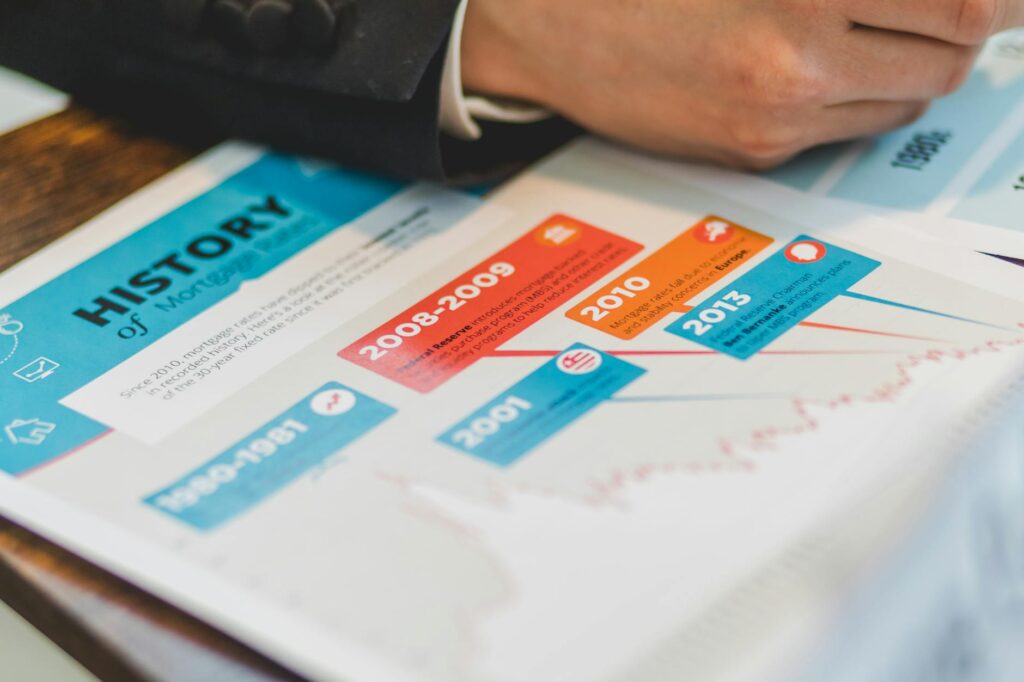What is project timeline development?

What is project timeline development?
Project timeline development is an essential aspect of effective project management. It involves creating a visual representation of the project schedule, breaking down tasks, and outlining milestones. This process not only enhances productivity but also promotes better time management. Ultimately, a well-structured project timeline can lead to a healthier work-life balance by keeping teams aligned and focused on their objectives.
Understanding Project Timeline Development
Definition and Purpose
Project timeline development is the process of mapping out the various stages and tasks required to complete a project within a defined timeframe. It serves as a roadmap, guiding teams through each phase while ensuring that deadlines are met. The primary purpose of developing a project timeline is to provide clarity and structure, helping project managers and team members understand what needs to be accomplished, when, and by whom.
A good project timeline allows everyone involved to visualize the entire project flow, thereby minimizing confusion and misunderstandings. It also aids in identifying potential roadblocks and adjusting resources accordingly to keep the project on track.
Benefits of Effective Timeline Development
Properly developed project timelines offer numerous advantages, including:
- Improved Productivity: With a clear timeline, team members can focus on their tasks without wasting time on what comes next. This focused approach leads to increased efficiency.
- Enhanced Clarity: A well-structured timeline provides a clear overview of the project’s progress. Everyone knows their responsibilities and deadlines, reducing the likelihood of missed tasks.
- Increased Accountability: Accountability improves as each team member can see their contributions within the timeline. This visibility encourages individuals to manage their time effectively and meet set deadlines.
For a deeper understanding of the significance of project timelines, check out this Project Timeline Guide with Examples.
Key Components of Project Timelines
To create a successful project timeline, several key components must be considered:
Milestones and Deliverables
Milestones are significant checkpoints in the project timeline that signify the completion of a major phase or deliverable. Identifying these milestones is crucial for tracking progress and motivating the team. For instance, launching a beta version of a product can be a milestone that indicates readiness for client feedback.
Task Dependencies and Sequencing
Understanding task dependencies is vital in determining the sequence in which tasks should be completed. Some tasks cannot commence until others are finished, which necessitates careful planning. By identifying these dependencies, project managers can avoid bottlenecks and ensure a smooth workflow.
Time Estimates and Resource Allocation
Accurate time estimates are essential for effective project management. By evaluating how long each task will take, you can allocate resources appropriately, ensuring that the right people are assigned to the right tasks. This leads to a more balanced workload and helps prevent burnout.
Steps to Develop a Project Timeline
Creating a project timeline involves several practical steps:
Setting Clear Objectives
Before diving into timeline creation, it’s essential to establish clear project objectives. These objectives serve as a foundation for timeline development and help guide the process. When everyone knows the project’s goals, it becomes easier to align tasks and deadlines.
Creating a Work Breakdown Structure (WBS)
A Work Breakdown Structure (WBS) is a visual tool that organizes tasks and responsibilities into manageable sections. By breaking the project into smaller components, you can better understand what needs to be done and who is responsible for each task. This structure is a vital step in visualizing the workload ahead.

Photo by RDNE Stock project
Utilizing Tools and Software
There are numerous tools and software available that can aid in creating and managing project timelines. Utilizing tools like Asana or Teamwork can streamline the process and enhance collaboration among team members. These platforms often provide templates and features to visualize timelines effectively.
Best Practices for Project Timeline Development
To ensure your project timeline remains effective, consider these best practices:
Regularly Review and Adjust Timelines
As projects progress, it’s essential to monitor timelines regularly. Changes in project scope or unforeseen circumstances may require adjustments. Being flexible and open to change can help you maintain momentum and keep the project on track.
Engage Stakeholders
Involving team members and relevant stakeholders in the timeline development process is critical. This collaboration fosters buy-in and ensures everyone is aligned with project goals. When team members feel invested in the timeline, they are more likely to adhere to it and contribute effectively.
Conclusion
Project timeline development plays a vital role in successful project management. It helps teams stay organized and accountable, ultimately leading to improved productivity and work-life balance. By applying the strategies discussed, you can create effective project timelines that guide your projects toward success. Start implementing these practices today and witness the positive impact they have on your projects and overall productivity.